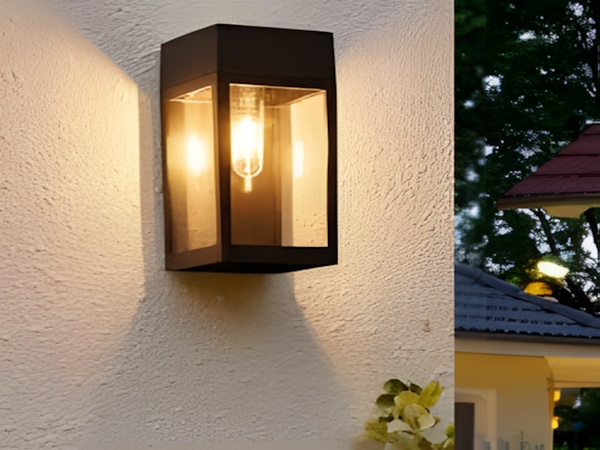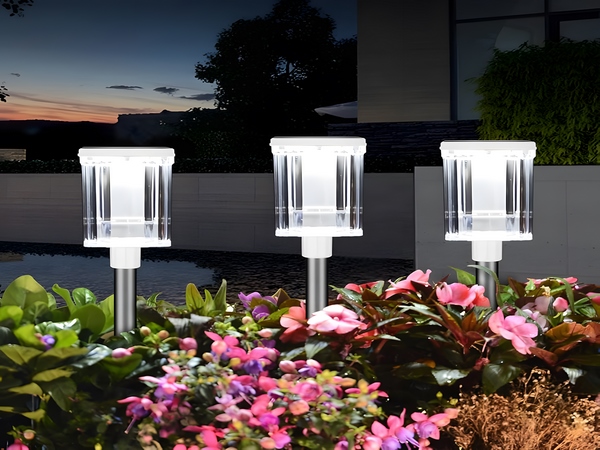
In the past, rural nights were pitch black, making it very inconvenient for villagers to venture out. In recent years, solar street lights have illuminated rural roads and pathways, completely transforming the landscape. The bright lamps have made it much easier for villagers to travel at night without worry. However, in practical usage, many people report that these solar street lights are prone to damage. So, what are the reasons for the vulnerability of rural solar street lights? Let’s take a look!

Reasons why rural solar street lights are prone to damage:
1. Transient overcurrent in rural solar street lights
This is usually caused by a large current exceeding the LED light source’s rated voltage in a short time, or due to fluctuations in the power grid, transient power switch noise from switching power supply circuits, or overvoltage events caused by lightning strikes. Even though such incidents occur for a brief period, their adverse effects should not be underestimated. After being impacted by electric shocks, the failure mode of the LED light source is not definite, but it typically leads to damage to the solder joints and other parts near the solder points, reducing the lifespan of the new rural solar street lights.
2. Electrostatic discharge in rural solar street lights

This is one of the most common causes of damage to new rural solar street lights. Static electricity can easily occur during charging and discharging and can damage the sensitive internal circuit components of the LED light source. Sometimes, even undetectable static discharges can permanently damage the solar lamp’s LED light sources. When LEDs were first introduced, many aspects were not adequately handled, making it possible for any contact to cause damage.
3. Over-temperature damage in rural solar street lights
Ambient temperature is also a contributing factor to the damage of LED light sources. Generally speaking, if the junction temperature in the LED chip increases by 10%, the luminous intensity will decrease by 1%, and the lifespan of the LED light source could be reduced by about 50%.
4. Water infiltration damage in rural solar street lights
Water is conductive; thus, if the new rural solar street lights experience water infiltration, damage becomes almost inevitable, depending on the extent of the water exposure.
The reasons for the vulnerability of rural solar street lights shared here indicate that high-quality rural solar street lights have a designed lifespan of 50,000 hours. They utilize polycrystalline solar panels with automatic light-sensing devices and are equipped with overcharge, over-discharge, reverse connection protection, and temperature compensation features.



